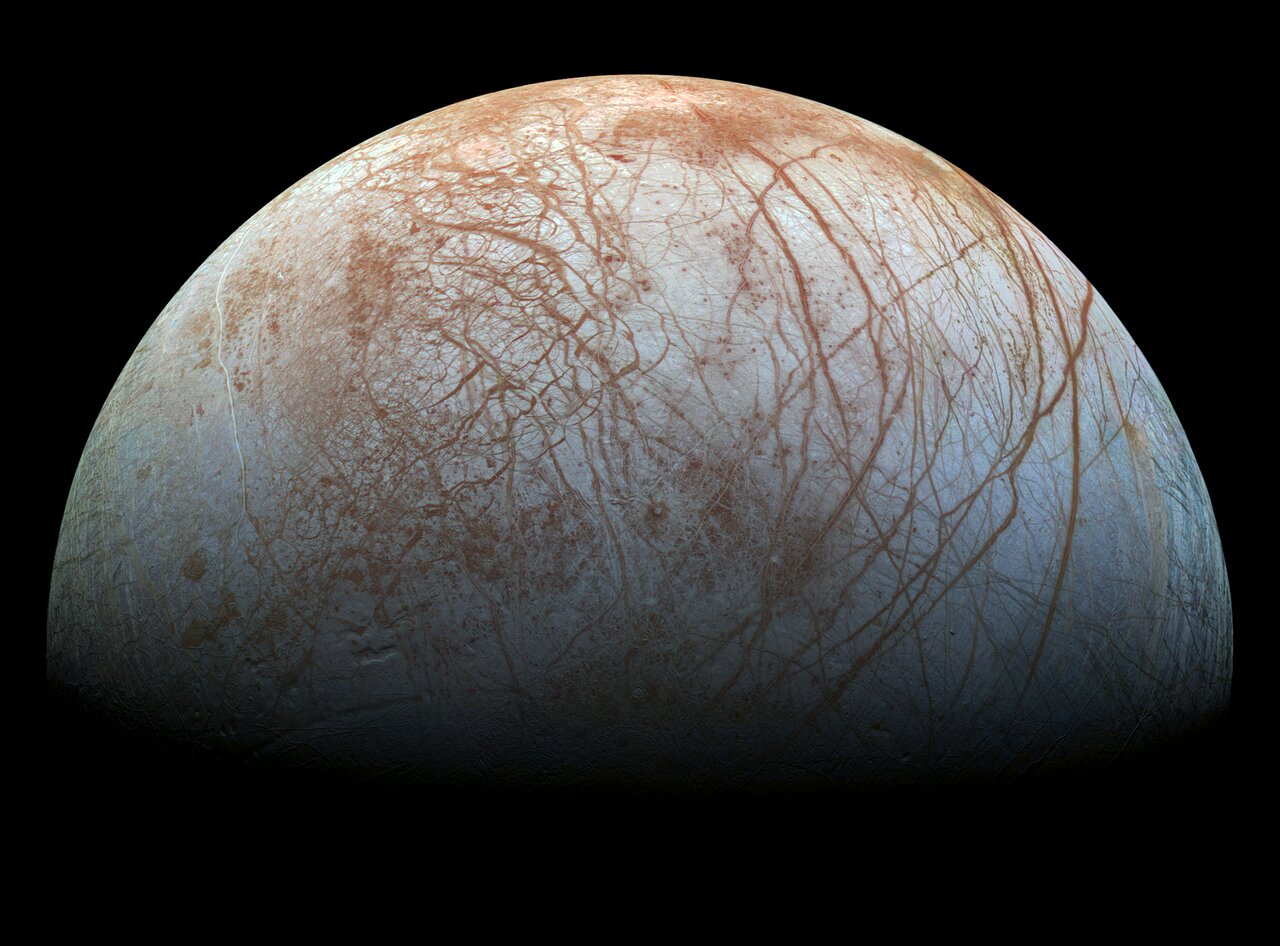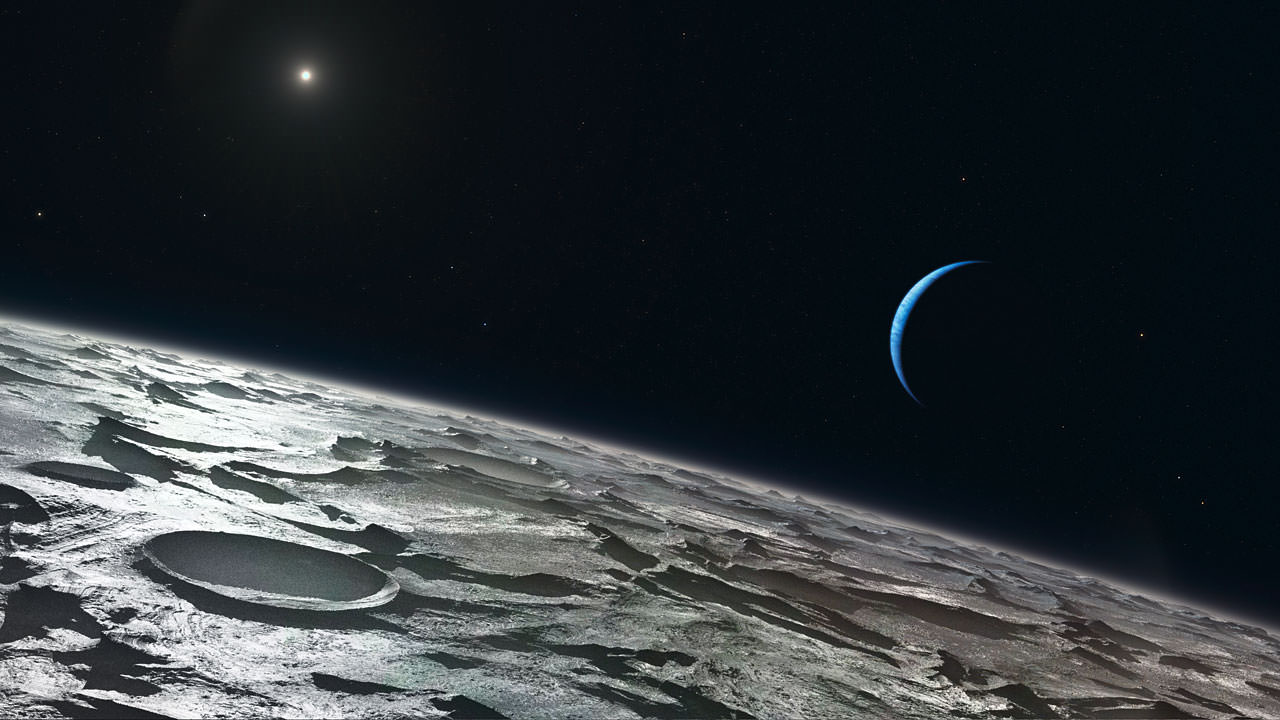Moons are the norm in our Solar System. The International Astronomical Union recognizes 288 planetary moons, and more keep being discovered. Saturn has a whopping 146 moons. Every planet except Mercury and Venus has moons, and their lack of moons is attributed to their small size and proximity to the Sun.
It seems reasonable that there are moons around exoplanets in other Solar Systems, and now we’re going to start looking for them with the James Webb Space Telescope.
Continue reading “The Search for Exomoons is On”







